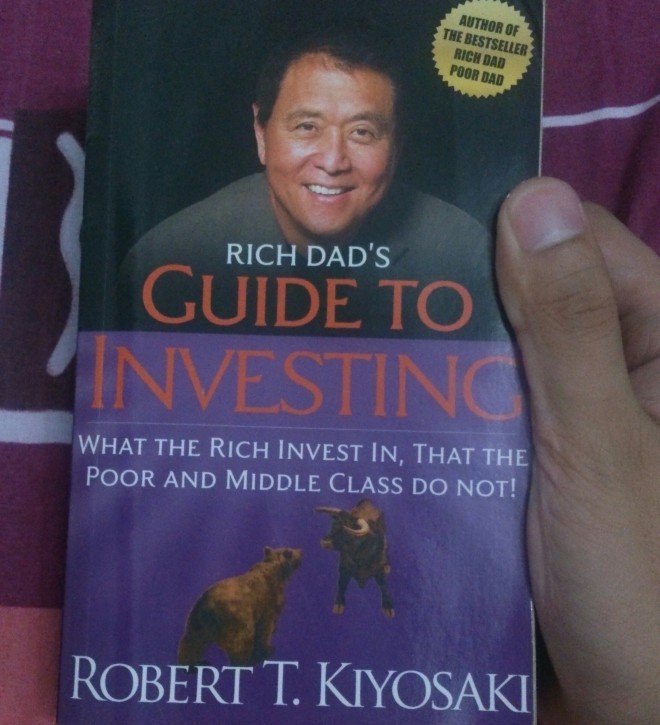
Too much stress has really got on me that I needed to rest for quite a lot during the weekend then came along a typhoon that gave me the chills every morning that I weren’t able to do my weekly jog because of either the rain or the cold breeze every morning that made me stay on my bed. All I got to do was to lie on my bed, eat and play. I was never in the mood to write anything.
It’s a wasted weekend for me as I wasn’t able to share an insight for the weekend that I realize that in less than a month, it’s Christmas already and I am planning to finish giving insights about the book before the end of Christmas! Sigh! I hope I can do this now consistently. Going through the book on Chapter 13 with the title “On which side of the table do you want to sit?”. The author really likes challenging questions I say.
The question of the chapter was related by the author to the cash flow quadrant as well as to a scenario in which an old person is seeking employment from a business owner. The way how the author relate the cash flow quadrant and the scenario was really great that reading along the chapter, I have already chosen on which side of the table would I want to sit.
Being a business minded person, I would prefer sitting on the B and I quadrants rather than the E and S quadrants. I would also think of myself as the business owner rather the one applying for a job but aside from choosing which side of the table we wanted to play, the author also cited a few reasons why there are a lot of people who never got out of their comfort zones.
A lot of good and bright people chose to be employed because they do not want to go to the hustle and learn on how to invest for their future. Once they are employed, their employers will be giving them benefits and would do the part of investing for their retirement once they reach the retirement age.
Being currently employed by a government agency, I were able to see how people rely on their government and their employers in terms of their health, retirement and even their homes and properties. Most employees depend on their employers so much that they get too attached to their work and realize they had wasted their time working all their lives.
It was painful to see middle aged to elderly people struggling everyday to earn a few dollars just to survive the day or those people who have retired from their service living through their pensions that weren’t even enough for their medications.
Every time I see those people, I aside from feeling their pain, I also feel sorry for them that they weren’t able to see through themselves how poor they are in making financial decisions. From the examples and stories cited by the author, I have felt a stronger urge to push through my plans of being an entrepreneur rather than wasting my most precious asset, my time, in doing things that I would regret to do when I grow old.
[…] Chapter 13 […]
LikeLike
[…] Chapter 13 […]
LikeLike
[…] Chapter 13 […]
LikeLike
[…] Chapter 13 […]
LikeLike
[…] Chapter 13 […]
LikeLike